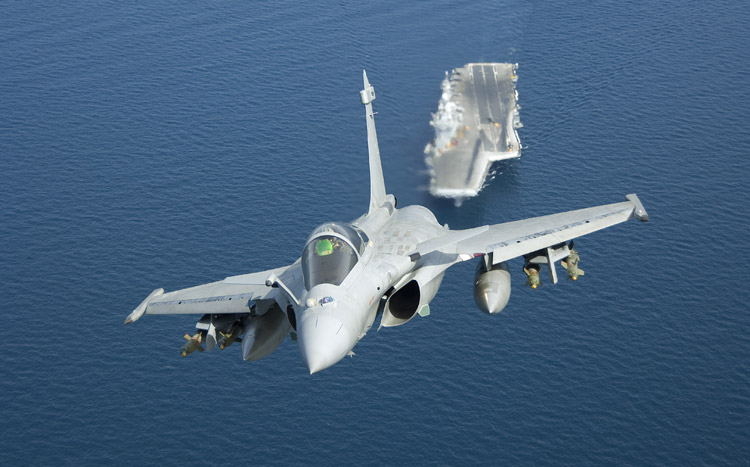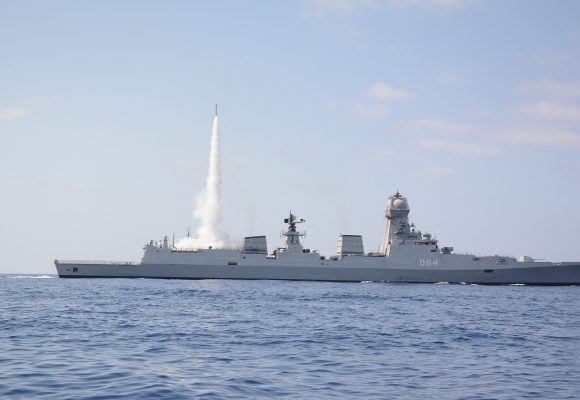
IAF Hits Deep: AWACS, JF-17, F-16s Destroyed in Operation Sindoor
In a bold and unprecedented aerial offensive, the Indian Air Force (IAF) executed a series of deep-penetration strikes under Operation Sindoor on May 10, 2025. The operation resulted in the destruction of key Pakistani aerial assets including an AWACS aircraft, JF-17 Thunder, two F-16 jets, and a C-130J transport aircraft. The strikes, carried out 300 kilometers deep inside Pakistani airspace, mark one of the most decisive military operations in recent history.
AWACS Eliminated: Eyes in the Sky Go Dark
One of the most strategically significant targets destroyed in the operation was a Pakistani SAAB-2000 Airborne Early Warning and Control System (AWACS). The aircraft was neutralized approximately 315 kilometers inside Pakistan’s territory. Its elimination has delivered a severe blow to Pakistan’s aerial surveillance, command, and battle coordination infrastructure.
This marked the first time that an AWACS platform has been publicly confirmed as destroyed during an active Indo-Pakistani aerial conflict, highlighting the depth and precision of India’s strike capability.
JF-17, F-16s, and C-130J Wiped Out
Alongside the AWACS, the IAF took down several other high-value assets:
- A JF-17 Thunder, Pakistan’s frontline fighter jointly developed with China, was shot down in an air-to-air engagement.
- Two F-16 Fighting Falcons were destroyed—one in aerial combat, and the second while parked on the tarmac at an operational airbase.
- A C-130J Super Hercules, used for military logistics and troop transport, was obliterated during runway-targeted strikes.
These eliminations dealt a heavy blow to the Pakistan Air Force’s operational readiness and disrupted its airborne logistics and combat support structure.
India’s Strike Package: Rafales, Su-30MKIs and SCALP-BrahMos Combo
The offensive was executed using a mix of Rafale and Su-30MKI fighter aircraft armed with top-of-the-line munitions:
- SCALP deep-strike missiles were used for underground and hardened target penetration.
- BrahMos supersonic cruise missiles were employed for precision long-range strikes.
- Kamikaze drones and Hammer bombs were deployed for rapid neutralization of radar and ground control units.
The coordinated use of these assets ensured pinpoint targeting with minimal collateral damage while achieving maximum tactical impact.
Pakistan’s Failed Retaliation and Indian Air Defense Superiority
In response, Pakistan launched Operation Bunyan al-Marsoos—its retaliatory strike plan—targeting Indian air bases. However, the plan collapsed within eight hours. India’s air defense network, particularly the S-400 systems deployed along western borders, were activated 11 times, successfully intercepting incoming threats.
Pakistan’s attempts were not only neutralized but also exposed its overdependence on outdated tactics and limited strike endurance under contested skies.


















